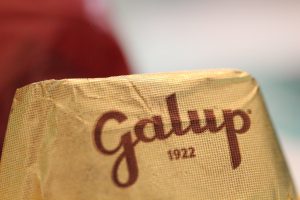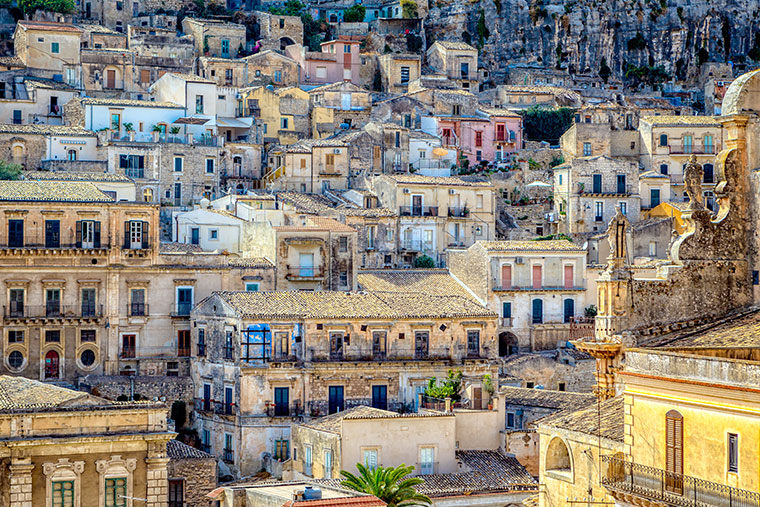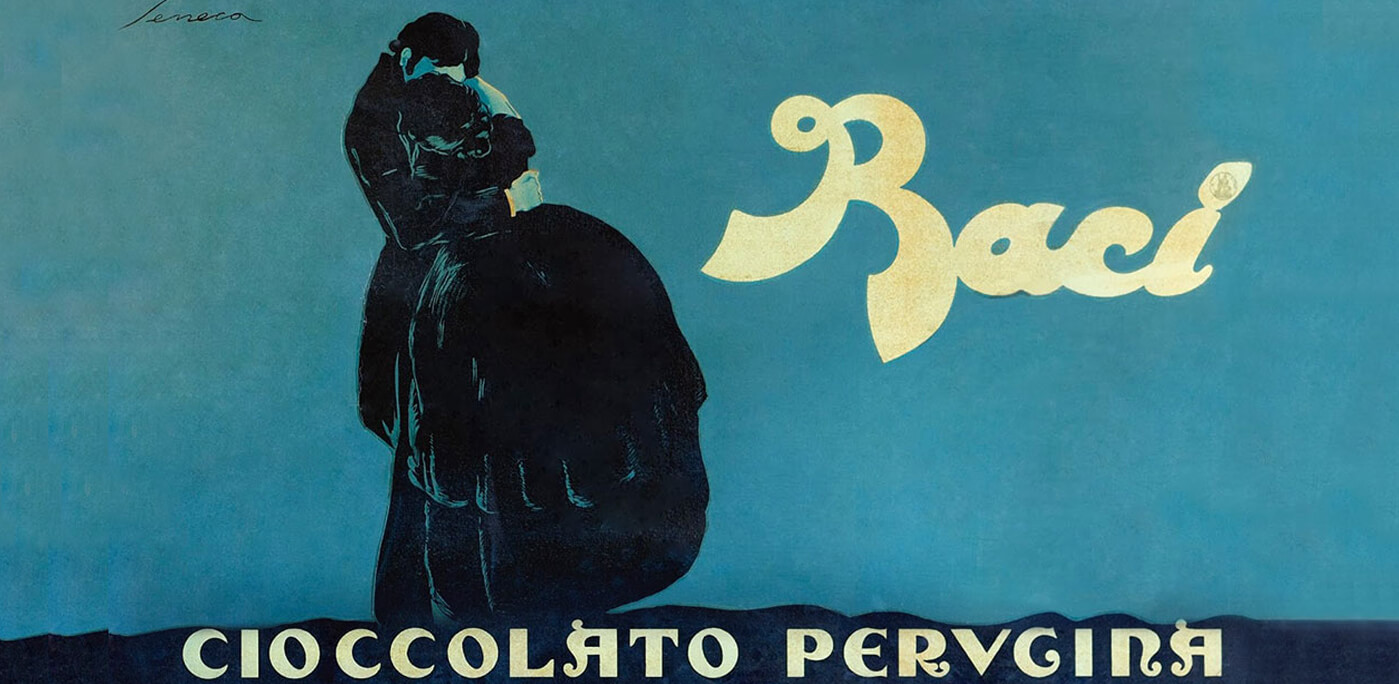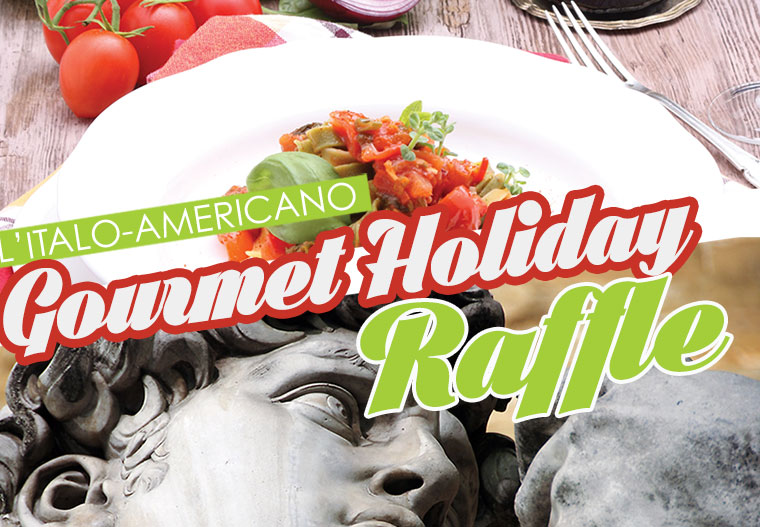In Italy you know Winter has finally arrived when, upon entering a café in the mid-afternoon, the comforting scent of hot chocolate and whipped cream embraces you like an old friend. Now, hot chocolate in Italy is a serious thing: thick and dark, sometimes flavored with hazelnuts, mint or vanilla, it is something you eat, rather than drink. With or without cream topping it, with or without cookies, hot chocolate is the ultimate comfort treat during the cold, snow-filled days of the Italian chilliest season. As a Piedmontese, I am happy of it: hot chocolate, tradition says, became popular in the country when Emanuele Filiberto symbolically offered a cup of it to Turin, after having moved the capital of the Savoia’s Duchy from Chambéry to the piedmontese city, in the 1563.
Turinese are quite adamant it is their city to have elevated chocolate to one of Italy’s excellences, however, not everyone agrees. There are at least two other locations claiming to deserve the medal of chocolate capital of Italy, Perugia and Modica.

Turin
As said, the love story between Turin and chocolate started in the 16th century; since then, the ties between them only grew stronger. In the 18th century Turinese cafés started serving bicerìn (literally, “small glass”), a hot drink made with cocoa, coffee and cream, which remains popular in the city today. A century later Pier Paul Caffarel began producing chocolate industrially: his company, Caffarel, is still today one of the main high-quality chocolate producers in the country, along with other Piedmont based names like Baratti e Milano, Venchi and the more recent, fully artisanal Gobino. A few years back, Gobino won the medal for the best artisanal chocolate in the world with its sea salt and extra virgin olive oil praline.
The quintessential Piedmo-ntese chocolate, however, remains gianduiotto, a creamy pyramid-shaped delight made with cocoa and Langhe’s hazelnuts, which was the very first chocolate to be wrapped individually. Gianduiotto owes its name to Turin’s own Carnevale character Gianduja. Gianduja is also the name of a type of chocolate made with the same ingredients and, sometimes, the addition of whole hazelnuts.

“Many Admire, Few Know” by just_jeanette is licensed under CC BY-NC-SA 2.0
Perugia
Perugia’s claim to true Italian cradle of chocolate making lies on its ties with world-known chocolate brand Perugina, born off the collaboration between Francesco Buitoni, Francesco Andreani, Leone Ascoli and Luisa Spagnoli (also famous for her fashion house). It was 1907 when this bunch of rampant entrepreneurs decided to venture into the sweet and fragrant world of cocoa, creating one of the most innovative companies of the time. Perugina was one of the first firms to understand the value of advertisement in the industry, thus associating its name to popular radio shows, newspapers and even car races as early as the 1920s and 1930s.
Today, Perugina is probably the best known Italian chocolate maker in the world, mostly thanks to its delightful hazelnut and dark chocolate pralines, I Baci Perugina. With their silver and blue wrapping and their collection of literature and philosophy inspired paper messages, Baci became synonym with Valentine’s day and lovers; once available only covered in dark chocolate, their white chocolate and milk chocolate variants have become already quite popular in Italy.

Modica
If Turin and Perugia made of chocolate making a business, Modica is where you need to go if you want to try real Aztec xocoatl. The Sicilian town is attested as the first place where chocolate bars were produced in the country: it was the 16th century when the Spaniards took possession of Sicily and imported, along with a great deal of words and expressions that still resound in modern Sicilian dialect, also the recipe for South American xocoatl, the very same Cortès, history tells us, brought back from the Americas only a handful of years before.
I am Piedmontese and even if good-hearted parochialism makes me call Turin “Italian capital of chocolate,” there is no denying that Modica chocolate is a true jewel of purity and perfection. Never produced industrially, its amazing texture is opening note to a delicate arpeggio of cocoa luxury, that brings to the palate a depth and richness of taste only the best Mexican artisanal chocolate can achieve.
All in all, it is difficult to decide, on the basis of history and taste, which is the ultimate chocolate capital of Italy. The best conclusion is recognizing all three have given a lot to chocolatier’s tradition in the country and that Italian chocolate has nothing to envy to its internationally better known cousin, Swiss chocolate. A piece of advice from a chocolate lover? If you have never tried Italian cioccolato, do it soon and choose it wisely: get the best you can get, splurge a bit. It will be worth it.































